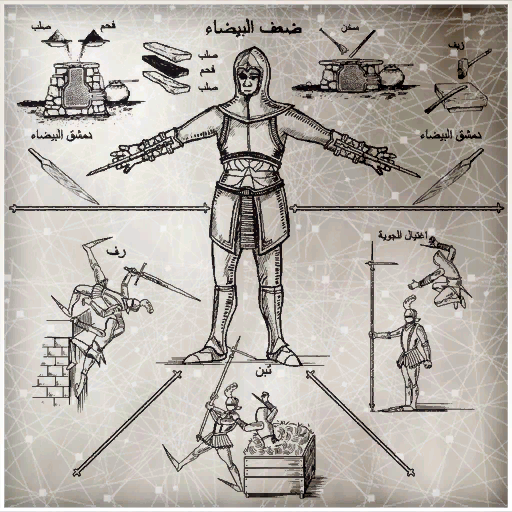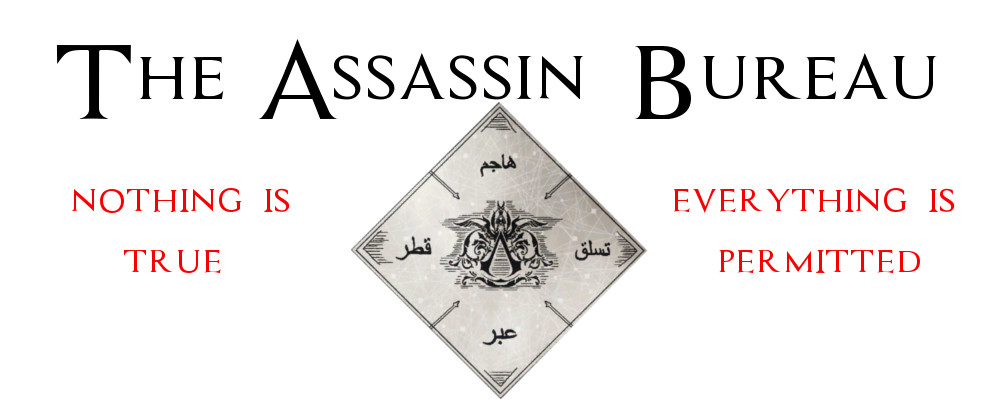
The Hidden Blade has been a constant companion of ours over the years. Some would even say it defines us – and they would not be entirely wrong. Many of our successes would not have been possible without it. Still, the device has begun to show its age – and so I have been researching improvements beyond ending the need to remove one's finger to wield it.
The first is the addition of a metal plate that can be used to deflect incoming blows. The other Assassins believe it is forged of a new metal – and credit me with the discovery of the formulae (included on this page). It is better that they not know the truth.
I have also worked with Malik to describe new methods of assassination: from on high, from ledges, and from hiding places. Basic movements, but critical nonetheless.
The third and final improvement is the most simple – the provision of a second blade – identical in every way to the first. Should an Assassin ever find himself tasked with dispatching two targets, he need only time his strike in such a way that he might reach both at the same time. These blades will be limited in number since the metals with which we forge them remain difficult to obtain. I will need to think carefully about who shall be allowed to carry two...
Commentary: Ah, the hidden blade. As the real Assassins were defined by the dagger, Desilets' Assassins were defined by the hidden blade. The Assassination techniques were intended to be in the first game, so it is appropriate that Altair invents them. The title translates to "Twice the white," referencing the two hidden blades. After that, we see Altair describing the forging of the blades. In the upper left, we have the words "coal" and "steel." Beside the three rectangles are the words "ore, coal, ore." Under the oven, are the words "Damascus white." Damascus steel was once the best steel in the world. It is a bizarre kind of steel we have never been able to perfectly recreate. Samples of the steel has shown micro-tubules at an atomic level that give it a greater strength and a bizarre pattern. Ezio's hidden blades would have been far stronger then any Renaissance era steel. On the right we have the words "Damascus white," again over the blade. "Heat up" it says above the oven. The words above the hammer, I have not been able to find translations. Any help on this would be appreciated.
The first image from right to left: "Assassination by jumping,""crushed hay," and "rough." Its nice to see Malik mentioned again, given the strong friendship the pair forged over the course of Assassin's creed. My only issue here is that the knights depicted are wearing full plate armor. Plate armor of this kind would have been a more renaissance invention and not in existence during Altair's time. Its just a little mistake, but it shows that Des and his team weren't perfect. Everyone makes little mistakes. At least they didn't credit the invention of the telephone to Alexander Graham Bell...

No comments:
Post a Comment